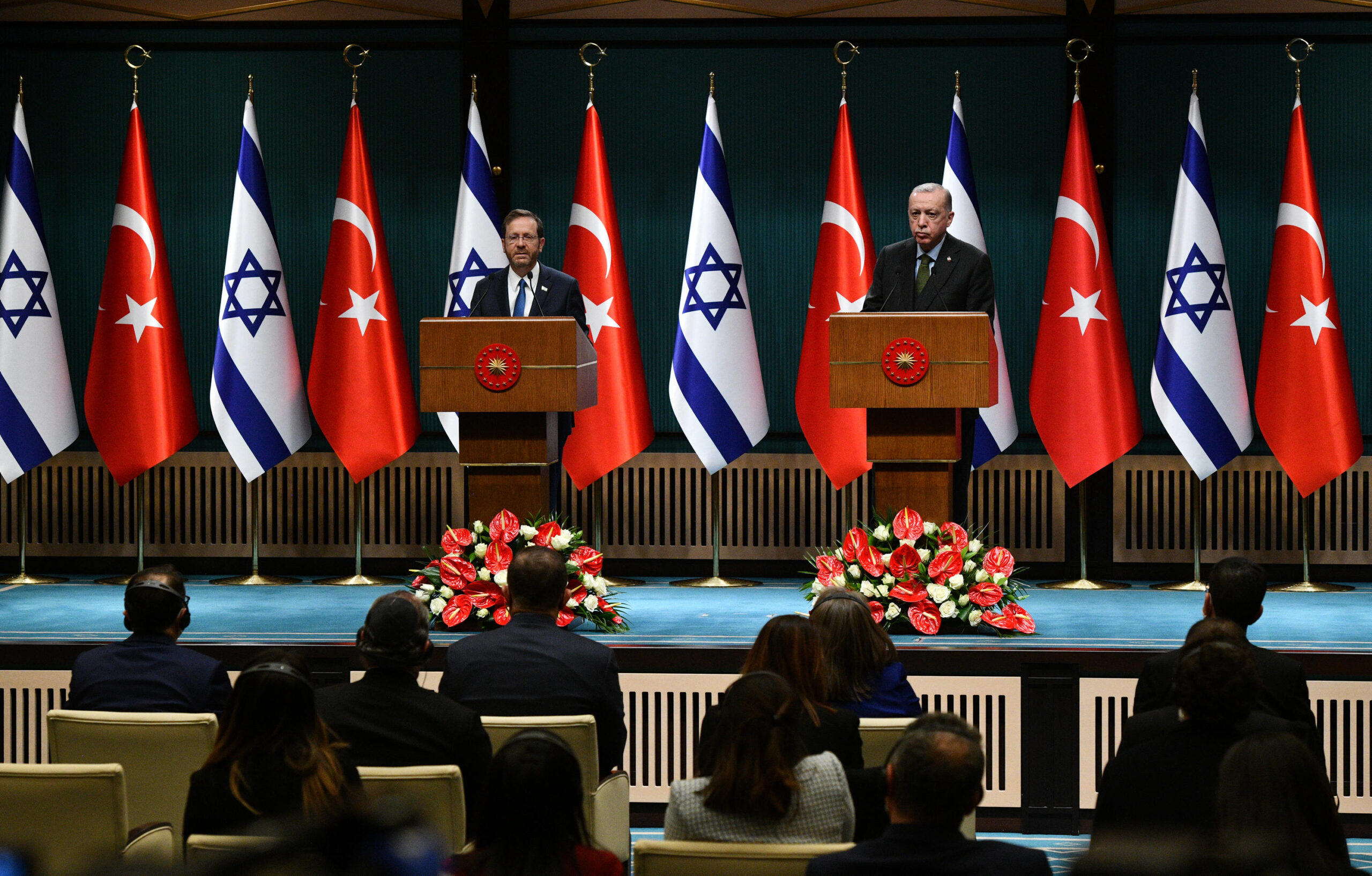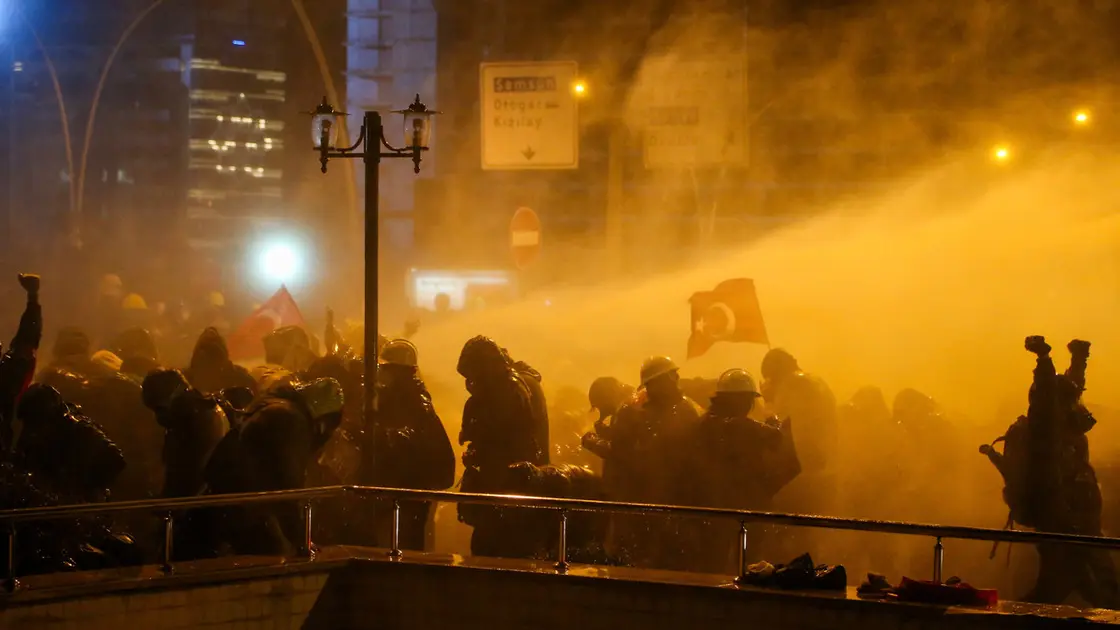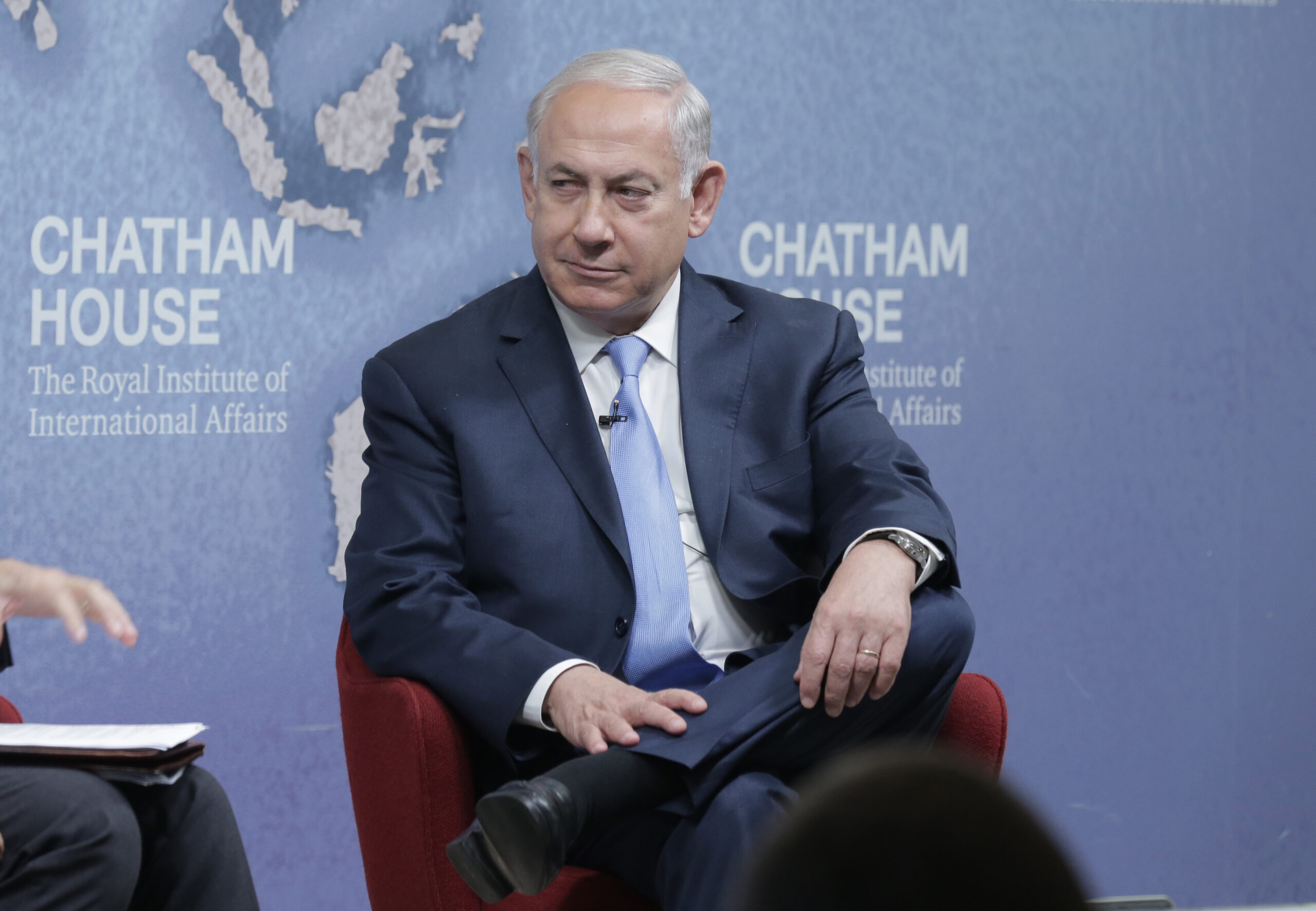By Dominick Skinner – March 26, 2025
From Oscars Stage to Susiya’s Siege
Hamdan Ballal stood on Hollywood’s brightest stage just weeks ago, hoisting an Academy Award for No Other Land – a searing documentary about Palestinians living under occupation. The film, co-directed by Ballal (a Palestinian from the occupied West Bank) and Israeli filmmaker Yuval Abraham, chronicles the displacement of rural Palestinian communities and the violence they face from Israeli settlers. For Palestinians in villages like Susiya, the Oscar win was a rare morale boost – global recognition of their plight. But any celebration was brutally short-lived. This week, Ballal’s own life turned into the film’s next chapter: he was beaten by masked settlers and detained by soldiers, as if to prove that No Other Land isn’t historical documentation – it’s the nightly news.
On Monday evening in Susiya, as families prepared to break their Ramadan fast, a gang of Israeli settlers descended on the village. “The settlers attacked houses, smashed cars and started attacking people,” one resident recounted. Hamdan Ballal – home from the Oscars and back in his community – rushed to help or document what was happening, just as the activists in his film do. He became a target. By night’s end, the Oscar-winning director was bloodied, bruised, and hauled away in handcuffs by the Israeli military. The scene could have been a climactic moment in No Other Land, yet it was devastatingly real. Ballal’s assault and arrest feel like an inverted encore to his award: as if the occupation itself answered his Hollywood triumph with a violent review of its own.
Settler Violence Unleashed
Eyewitness accounts from that night paint a harrowing picture. Ballal’s Israeli co-director, Yuval Abraham, said what happened was nothing short of a lynching. Ballal was “lynched by a group of armed KKK-like masked settlers,” Abraham reported, beaten viciously even as he tried to get away. The irony is ghastly: in their film, Ballal and Abraham document how Israeli settlers use exactly this kind of mob attack – rocks through windows, masked men terrorizing families – to push Palestinians off their land. Now Ballal had lived that violence. Photos from the aftermath show the windshield of his car completely shattered, the glass blown inward. Neighbors say Ballal himself was left with a bloodied face and injuries to his head.
Instead of arresting the assailants, Israeli soldiers detained the victims. Ballal and two other Palestinians were handcuffed and taken away, even as they were wounded. Shockingly, Ballal was grabbed from inside an ambulance where he was receiving first aid, according to his lawyer and colleagues. “No sign of him since,” Abraham had posted anxiously during the night, as friends lost contact with Ballal after soldiers whisked him off. (The army later denied pulling anyone from an ambulance, but witnesses insist otherwise.) It’s a scene almost too on-the-nose: a filmmaker who just depicted settler brutality is beaten by settlers; a man committed to nonviolence is dragged off by an occupying army that treats him as the threat.
Israeli officials, for their part, offered a starkly different narrative – one that many who know Ballal find dubious. The Israel Defense Forces claimed the violence began with “several terrorists [Palestinians] hurling rocks at Israeli citizens” near Susiya, which led to a confrontation. In this telling, when troops arrived to break up the clash, Ballal and others attacked them, leaving the army “no choice” but to arrest the rock-throwers. No mention was made of how the incident really started – the settler raid on the village – and the IDF even stressed that “no Palestinian was apprehended from inside an ambulance,” flatly contradicting what medics and locals reported. To his family and colleagues, these accusations are absurd. “He is committed, like us, to principles of nonviolence,” said one American activist who works with Ballal in Susiya. Ballal’s attorney Lea Tsemel and others also pointed out that he never threw a stone – he was the one with a broken nose and bruises, not the settlers. In the end, after an outcry, Hamdan Ballal was released the next day without charge, confirming for many that the supposed “stone-throwing terrorist” narrative didn’t hold water.
Complicity Under the Lens
What happened to Hamdan Ballal in that village is not an isolated incident of things “getting out of hand.” It is a microcosm of life under Israeli occupation – a reality his documentary painstakingly captures, now playing out in front of him. Human rights groups have long described a pattern in the West Bank: settler violence happens in broad daylight, often with soldiers standing by or assisting. B’Tselem, an Israeli rights organization, has bluntly stated that “Settler violence against Palestinians is a daily matter in the West Bank. Instead of taking preventive action, the Israeli authorities aid and abet the settlers in harming Palestinians and using their land.” This week’s events could not have illustrated that more clearly. Dozens of settlers rampaged through a Palestinian village, and the only person taken away in handcuffs was the Palestinian who just won an Oscar for documenting such rampages.
In Masafer Yatta and across the occupied territories, Palestinian residents say this two-step of settler attacks followed by military cover-up has been supercharged in recent months. Since the war in Gaza began in 2023, settler assaults on Palestinians have skyrocketed, with vigilantes feeling emboldened by the conflict’s toxic climate. Villagers report that Israeli security forces often turn a blind eye to these attacks – or worse, actively join in. In Ballal’s case, the soldiers arrived and, by multiple accounts, pointed their rifles at Palestinians while settlers continued pelting the villagers with stones. One of Ballal’s fellow directors, Basel Adra, was present that night and described about two dozen settlers “some masked, some carrying guns, some in Israeli uniform” attacking their community. “Soldiers who arrived pointed their guns at the Palestinians, while settlers continued throwing stones,” Adra said, incredulous at the collusion he witnessed.
For Adra and others, there is bitter clarity in this moment. “We came back from the Oscars and every day since there is an attack on us,” he told the AP, describing a surge of harassment since the film’s high-profile win. “This might be their revenge on us for making the movie. It feels like a punishment.” In other words, No Other Land didn’t just document an ongoing injustice – it provoked one. By shining a spotlight on how settlers and the state work in tandem to make Palestinian life unbearable, the filmmakers may have become targets themselves. Ballal’s arrest under questionable pretenses, immediately after being beaten, reads like a message: tell the world about our abuses, and we will visit them upon you. It’s an extreme form of critique – turning the storyteller into the story, as if to invalidate his triumph with his own trauma.
When Storytelling Becomes a Crime
The cruel irony of Hamdan Ballal’s ordeal is how directly it validates the film’s core message. No Other Land argues that the dispossession of Palestinians isn’t ancient history – it’s happening right now, often with impunity. What stronger proof of that thesis than the image of Ballal himself, a day after his release, standing at the gates of an Israeli police station in the West Bank, looking dazed but defiant? The man holding an Oscar one week was holding his still-aching ribs the next. In No Other Land, Ballal and his co-directors used their cameras to expose the very pattern that ensnared him: settlers attack, soldiers arrest the Palestinians – violence is followed by victim-blaming and silence. Now, with global media focused on Ballal’s beating, the occupation’s playbook has been exposed to an even wider audience. It’s as if reality decided to publish a one-star review of the occupation right on the director’s body.
The incident also underscores the power – and perceived threat – of telling Palestinian stories. Israel’s far-right culture minister infamously called No Other Land’s Oscar win “a sad moment for the world of cinema,” accusing the filmmakers of spreading lies to slander Israel. That denunciation came only weeks ago, highlighting how sensitive the authorities are to any narrative that challenges the official image. Now, Ballal’s beaten face has conveyed the film’s truth more viscerally than any acceptance speech could. The filmmaking community worldwide reacted with outrage and solidarity: social media lit up with calls for Ballal’s release and condemnations of the attack. “They made a big mistake targeting Hamdan Ballal,” one post from a major documentary festival read. “The filmmaking community will not stay silent” (a sentiment echoed across countless accounts). Even mainstream news outlets that rarely cover West Bank settler violence led with Ballal’s story, making him an unwitting ambassador for the very injustice he set out to spotlight.
Ballal’s experience is a cautionary tale about the cost of storytelling under occupation. In a place where cameras are seen as weapons, an Oscar-winning filmmaker is treated like a criminal for wielding one. It’s a dynamic every Palestinian journalist and activist knows too well: if you document the wrong reality, you may pay a price. The assault on Ballal was meant to instill fear – to remind everyone watching that even international acclaim cannot shield a Palestinian from a settler’s fist or a soldier’s shackles. But the backlash suggests it may have had the opposite effect. By so perfectly mirroring No Other Land’s narrative, this incident has only drawn more attention to the film and its message. In fact, many are pointing out the grim irony that Ballal’s attackers have, in effect, become inadvertent publicists for his movie’s cause.
A Damning Reality, In Review
In the world of cinema, critics often talk about a film “holding a mirror up to society.” Hamdan Ballal held up such a mirror with No Other Land, reflecting the daily struggles of Palestinians in Masafer Yatta and beyond. This week, that mirror shattered – literally, as rocks cracked glass – but not before reality confirmed the reflection was true. Ballal’s arrest and the surrounding violence serve as the most damning, undeniable review of his documentary. The truth he and his colleagues filmed cannot be dismissed as propaganda or exaggeration; it leapt off the screen and bruised the director’s own skin.
As I write this, Hamdan Ballal is back with his family, nursing his wounds and likely replaying the surreal events in his mind. He is free, for now, thanks to swift legal action and public pressure. Yet the forces that bloodied and detained him remain in place, unaccountable. There will be more settler raids tonight, tomorrow, and the next day – and more officials eager to justify them. But there will also be more cameras, more witnesses, and more storytellers refusing to be intimidated. Ballal and his co-directors titled their film No Other Land to assert a basic fact: this land is home to Palestinians, and there is no other land for them to go to. By trying to silence that fact with violence, the settlers and soldiers only proved how necessary it is to keep telling these stories.
In the end, Hamdan Ballal’s greatest vindication might be that his real-life experience is now compelling the world to confront what his film laid bare. The occupation is not a distant memory or a contested narrative – it is a lived reality that will strike even an Oscar winner in broad daylight. If the attack on Ballal was meant to be a warning, let it instead be a wake-up call. His arrest was more than an assault on one filmmaker; it was an indictment of an entire system of power. And in a dark, twist-of-fate way, it stands as the perfect “review” of No Other Land: a brutal, irrefutable testament that what we see on screen is happening just outside the frame, here and now – and that even the act of telling this truth has become, in the eyes of the occupier, a punishable act.
The occupation isn’t history; it’s happening in real time. Hamdan Ballal’s story makes sure we cannot look away. In the bleeding, handcuffed director, the world saw the film’s thesis come to life – a story that demands not just acknowledgement, but action.
Author
Discover more from The Crustian Daily
Subscribe to get the latest posts sent to your email.













